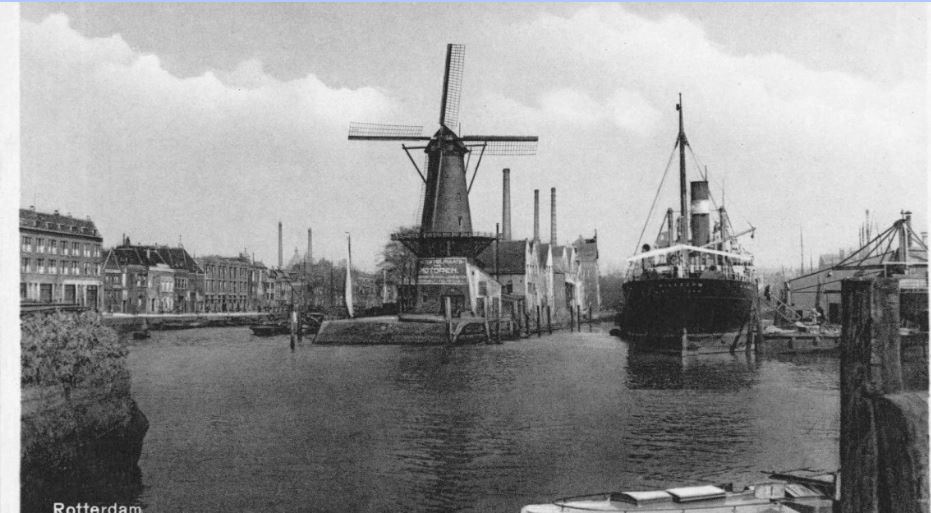Ambitious measures to protect the Amazon that saw deforestation fall by more than 70 percent after a 2004 peak have become less effective: since 2012, deforestation has been rising. How can this be reversed?
A mix of complementary policies can address this complex problem. The expanding arc of deforestation has been fueled by local economic incentives, regional and global expectations about future gains, and strong global demand. To stop it, gains from deforestation must fall: through coercion, incentives for conservation or making other activities more attractive – while avoiding deforestation elsewhere or later instead.
We studied a wide range of policies (featured in the World Bank’s Amazon Economic Memorandum)– from increasing designated public land and financial incentives for conservation, to investing in urban productivity – as well as their impact on potential workers and deforesters, and land use.
Public versus private land
We focus on the two main forms of illegal deforestation in the Brazilian Amazon. First, 55 percent occurs in private properties and rural settlements – often violating the Forest Code, which requires at least 80 percent of private properties to remain as native forest. Enforcement has been imperfect and forest coverage on private properties is below 50 percent.
Second, 25 percent occurs on public land without proper designation. The remaining 20 percent of deforestation occurs on protected territory (10 percent) and unidentified areas (10 percent). Prone to land grabbing, these forested areas are converted to pasture, then claimed for ownership – often fraudulently. Typically, this land is then sold to farmers legally.
Large farmers are more productive and land intensive. When demand is high, they buy more agricultural land, or deforest parcels of undesignated land – whichever is cheaper. Since regions are linked by trade and employment, all deforestation is considered.
Figure 1: The pernicious logic of deforestation in the Amazon

Source: Porcher and Hanusch (2022)
Spatial and dynamic leakage
Controlling deforestation is difficult: stopping it in one area can displace it to another; stopping it today may reinforce it tomorrow. If protection policies are effective in one location, farmers elsewhere may deforest more to meet global demand. Even if deforestation is successfully reduced on all private properties, unmet demand for land would raise land prices, encouraging future land grabbing in undesignated areas.
How do individual policies impact deforestation?
The complexity of deforestation requires multiple policy instruments and understanding how they interact. Figure 2 illustrates how pro-conservation incentives (identified with a “C”) could be structured.
Figure 2: Policies to stop deforestation

Source: Porcher and Hanusch (2022)
Strengthen land and forest governance
C1a: Designate undesignated land. More legally available land for private agricultural use would lower land prices and incentives for land grabbing but increase legal deforestation up to the 20 percent threshold. Land could also be designated as publicly protected, but that encourages land grabbing in remaining undesignated aeras or deforestation in private properties.
C1b: Enforce environmental protection laws. Raising the cost of illegal forest clearing pushes up land prices, while hitting incomes through higher food prices. But it encourages shifting investment from land towards other inputs (like workers, machines, or fertilizer) to meet demand. Legal deforestation would increase, but there is limited scope – laws could be changed with sufficient political pressure, however.
Incentives for individuals and communities
C2a: Incentivize landowners to respect existing regulations. Financial incentives could displace deforestation into undesignated areas. By increasing the value of owning land, there could be more land grabbing.
C2b: Incentivize the conversion of degraded land. Restoring degraded land for production could increase the supply of land without increasing deforestation, as land prices would fall. However, financing to restore degraded land could encourage farmers to let land degrade, limiting positive environmental effects. In the longer run, converting degraded land into forest may be more effective. Reforesting or afforesting degraded land does not impact land values or incentives to deforest.
C3: Incentivize communities to preserve the forest. While such programs have yielded little or no effect, fewer workers should want to deforest, and community monitoring is positive. There are three limitations: 1) to avoid displacing deforestation this should cover a large number of people, so would be expensive; 2) the cost could further increase if it attracted migrants from other areas; and 3) since communities would be jointly accountable, they could clash with illegal loggers, with law enforcement already weak.
Promote structural economic change
Research shows that fostering productivity and structural transformation reduces deforestation: as urban economic activity increases, pressure on the agricultural frontier declines. We agree, and add:
C4: Strengthen urban productivity. As urban sectors like services and manufacturing use little land, this lowers the relative competitiveness of agriculture, reducing the demand for land and therefore deforestation – especially if economic opportunities are developed in urban areas inside the Amazon, thus attracting local agricultural workers. Short agricultural value chains in urban production in particular limit deforestation pressures.
C5: Compensate small farmers for structural change. Productivity grows faster in agriculture than other sectors. Farmers who fall behind may expand production into forested land simply to maintain living standards. This could be prevented with more sustainable and profitable alternatives, like the bioeconomy, or through income support, such as preferential treatment as food suppliers to local schools. In the longer term, rural children must be better educated for urban jobs.
Complementary policies for a complex problem
No policy can single-handedly curb large-scale deforestation—yet together, they can be powerful. As land governance reforms (C1a) and command and control methods (C1b) contain deforestation and reduce leakage risks, incentives for reforestation (C2a and b) become more efficient. Since all these policies have social ramifications, focusing on poor communities (C3) and farmers (C5) remains critical. Financing will often be required, and must cater for deforestation’s complexities.
Combining policies can also mitigate political risks. Strengthening land and forest governance is unpopular with farmers, whose compliance is crucial. Lately, political resistance has gained enough momentum to affect the electoral landscape, rendering environmental legislation even tougher. Policies promoting economic alternatives, like enhancing urban productivity (C4), make environmental protection more politically palatable. That could make all the difference to the future of the Amazon.
Source : World Bank





